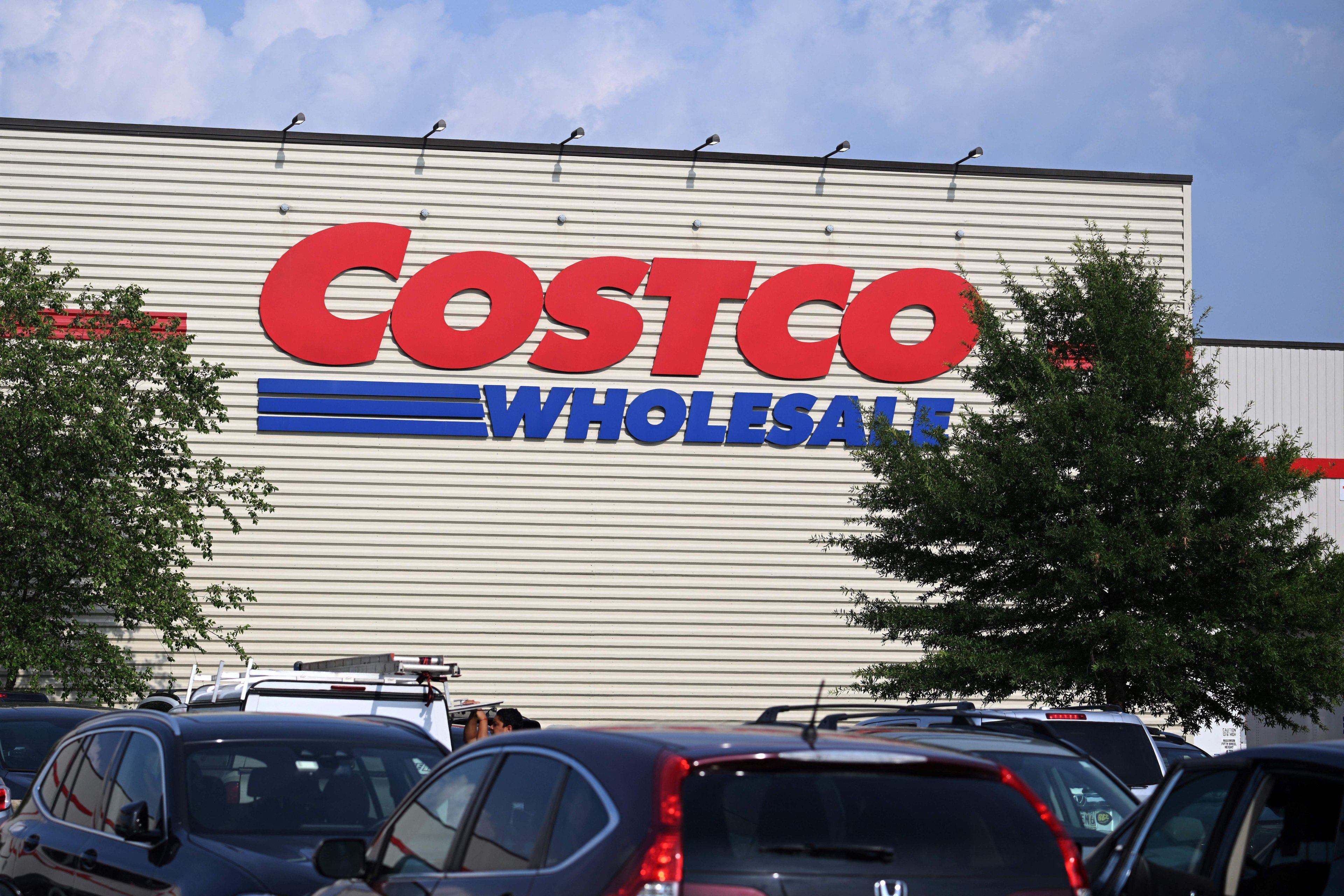The last five years haven't been that stellar for a lot of Washington-based companies. Amazon, Boeing, and Starbucks have all lagged the S&P 500 by more than 60 percentage points over that span.
But one company based in Washington state has stood head and shoulders above the rest, not only crushing the S&P 500's return, but even outperforming Microsoft. Here's why outperformer Costco (COST 0.13%) could still be a no-brainer buy.

Image source: Getty Images.
Brand power
Even though Costco has been around much longer in Washington than it has in the rest of the world, its brand power is undisputed. One good way to gauge whether a business has staying power and brand influence is to ask: "If this business disappeared tomorrow, would anyone notice or care? Would anyone's lives be disrupted?"
For many retailers, the answer would be, "not really." A few grocery stores near me have gone out of business over the years, and while I certainly noticed the change ("Oh. I guess they're closed now"), I just ended up going to a different nearby grocery store. The same is true for many department stores, hardware stores, and the like. But the absence of Costco -- the third-largest retailer in the world behind Walmart and Amazon -- would be felt not just in Washington, but around the globe.
Costco's 136.8 million cardholders are located around the world, and only about half are in the U.S. Some of its best markets are surprising. For example, an estimated 71% of the population of Iceland are Costco members. (Who knew?) The company has such a major cultural profile that social media influencers A.J. and Big Justice (aka "the Costco guys") have amassed 2.8 million TikTok followers since their Costco videos began to go viral last year.
But Icelandic shoppers and social media influencers -- not to mention the company's 341,000 employees -- wouldn't be the only ones affected if Costco vanished: There would be serious global economic ramifications. For example, in 2015, when the company started sourcing most of its farmed salmon -- 300 tons per week -- from Norway instead of Chile, the decision caused ripples across the global fishing industry. That's a testament to Costco's brand power.
The value proposition
Because the stock has performed so well over the last five years -- it's up by more than 150%, not including dividends -- it's worth asking whether Costco is still a buy for investors. Does it have any more (attractively priced, members-only) gas left in the tank?

NASDAQ: COST
Key Data Points
Well, the stock certainly doesn't look cheap right now, trading at a valuation of 52 times trailing earnings. That's way more expensive than most other retailers, like Target, which only has a price-to-earnings (P/E) ratio of 11. (Lower is better on P/E when you're buying.) Costco's P/E ratio has gradually gotten more expensive over the last five years, as its net income has "only" increased by 84%, much less than its share price growth. It now even exceeds Amazon's P/E of 33 and Walmart's ratio of 41.
Walmart and Costco likely owe their current high valuations to concerns about slackening U.S. consumer demand and expectations of further belt-tightening. While pullbacks in consumer spending are bad for the entire retail industry, retailers perceived as offering low prices or good value tend to fare better under such circumstances.
If we look at the price-to-free-cash-flow ratio -- another popular valuation metric for stock -- Costco's ratio of 54 looks attractive compared to Walmart's 63 or Amazon's 173. That's not to say that the stock is cheap, just that it's not the outlier that its P/E ratio might suggest.
Still a buy
Costco may once have been known only to Washington state residents, but the secret has been out for decades now: It's a well-run company with an excellent business model, and it has shown it can consistently grow revenue and earnings, attract new customers while retaining old ones, and increase its dividend payouts. Most companies with attributes like those command premium stock prices, and Costco is no exception. While Costco stock may not be the bargain it once was, it still looks poised to keep outperforming over the long term, which makes it a compelling home-state buy for Washingtonians.





